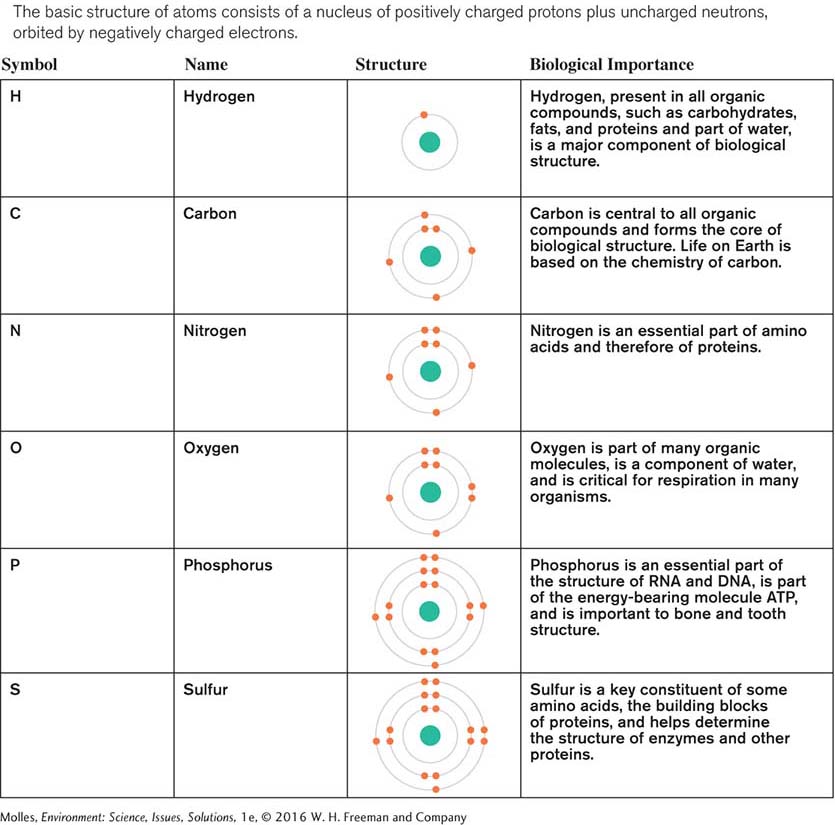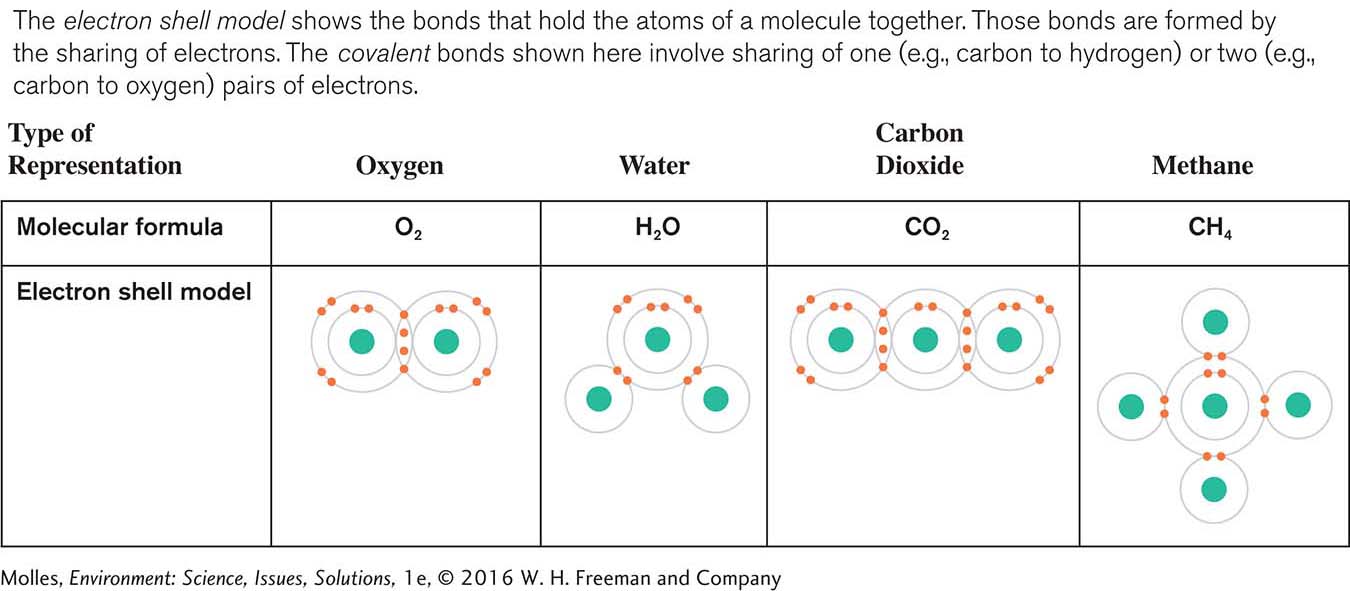2.1–2.4 Science
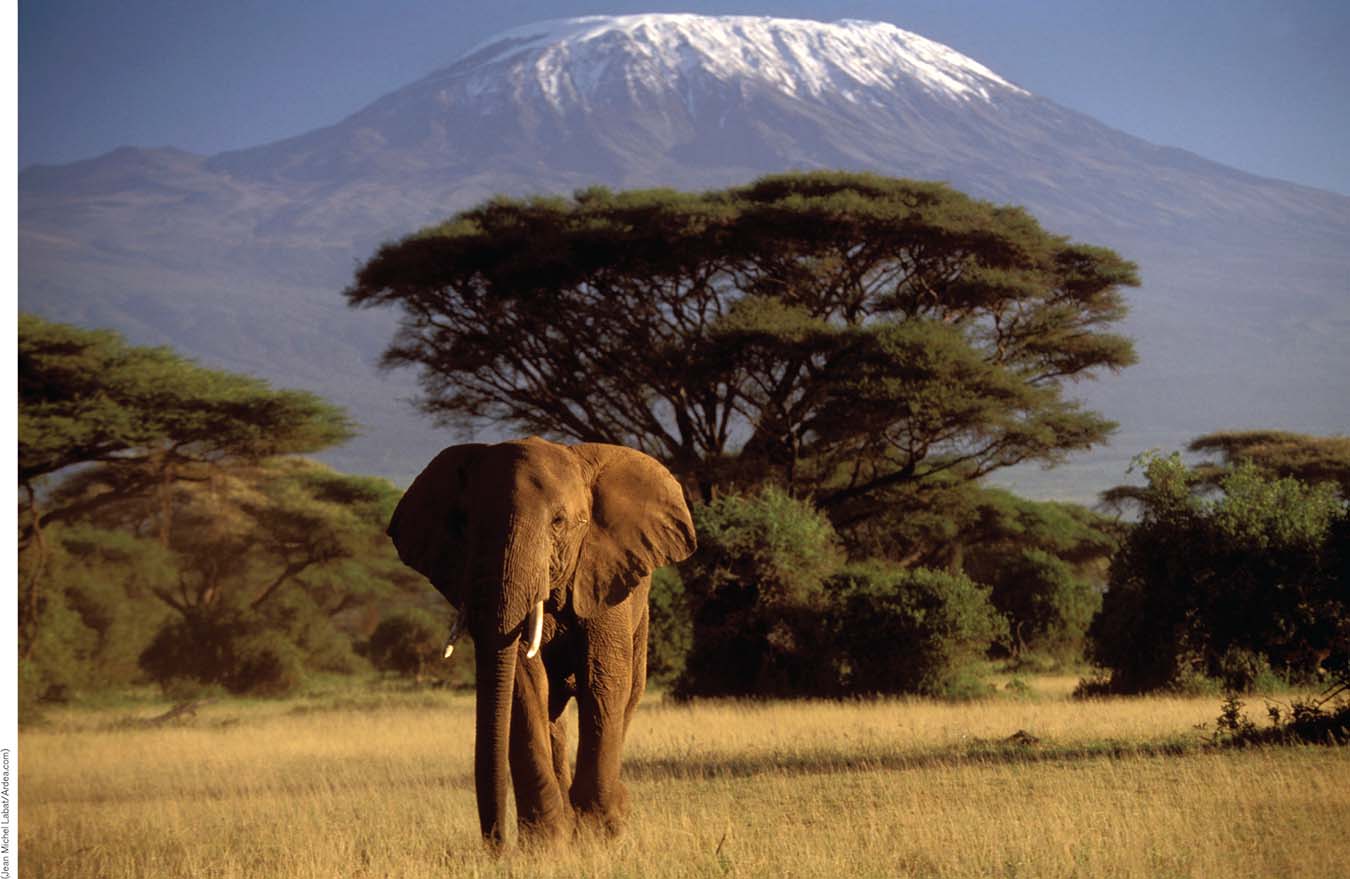
ecosystem The organisms living in a place and the biological, physical, and chemical aspects of the environment with which they interact. Ecosystem ecologists focus much of their research on the flux and transformation of matter and energy.
economics A social science that deals with the production, distribution, and consumption of goods and services, as well as the theory and management of economic systems.
In their traditional life on the grassy plains of Africa, the Maasai did not have major negative environmental impacts on the ecosystem, defined as all of the organisms living in a particular place and their interactions with each other and with the local climate and geology (Figure 2.1). The ecosystem perspective is not limited to natural environments. For instance, a farm or a city can be viewed as an ecosystem, and the study of urban ecosystems is very active and thus a growing area of ecological research. Historically, however, the study of how human-
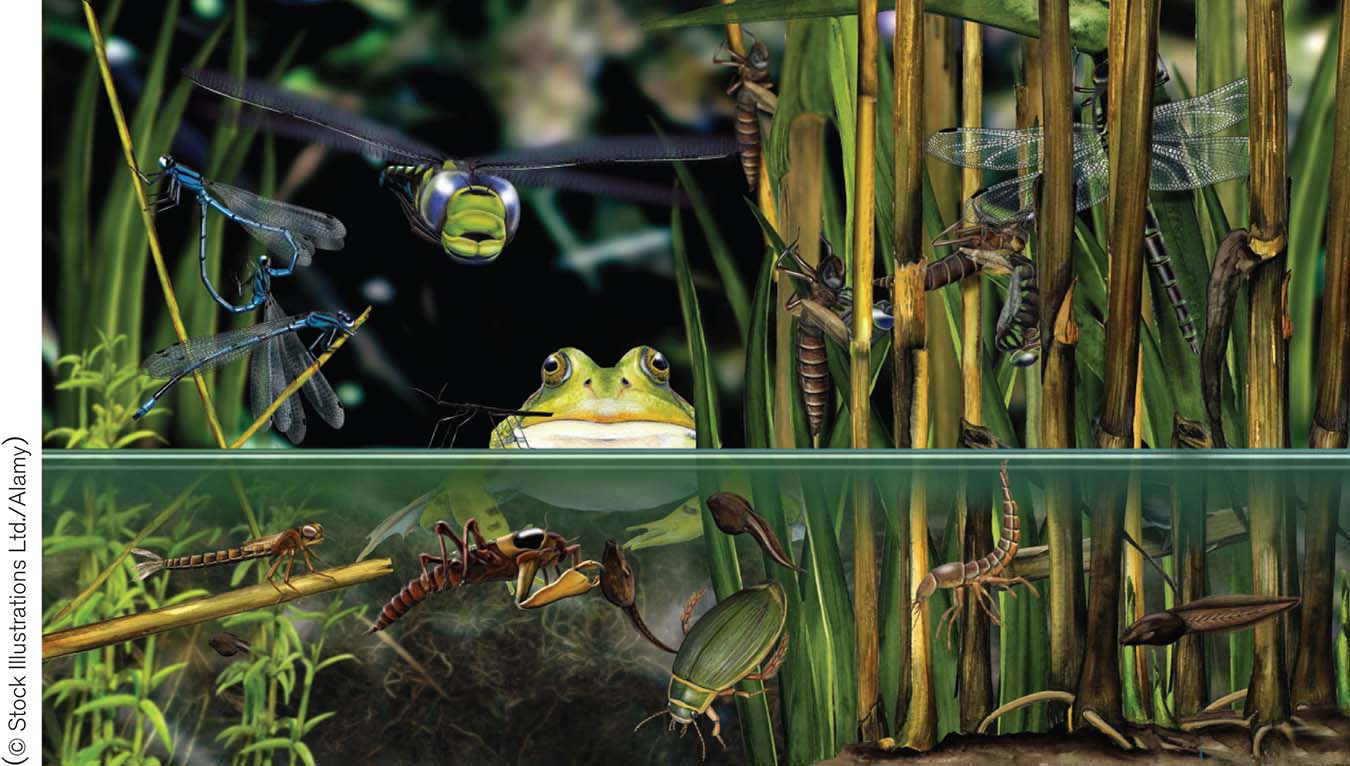
2.1 Ecosystems and economic systems are built on matter
matter Anything that occupies space and has mass; matter exists in three main physical states: as a solid, liquid, or gas.
Whether we are talking about turtles in a pond, cattle dung, or solar panels, the entire material universe is composed of matter. Therefore, ecosystems have a material basis. In a forest ecosystem, for example, matter makes up the plants, animals, fungi, and all of the other organisms living in a forest, along with the soils in which they grow and the water contained in that soil. The same is true of economic systems. In an economic system, all the components, from people and buildings to machinery and food to money itself, are made of matter.
What’s Matter Made Of?
Matter exists in three main physical states: as a solid, liquid, or gas. Water, which is central to life on Earth, has the rare characteristic of occurring in all three physical states—

atom The smallest particle of a substance that still retains the properties of the substance.
element A substance composed of a single type of atom, such as hydrogen, helium, iron, or lead, that cannot be broken down into simpler substances via chemical or physical means.
The basic building block of matter is the atom, which we define as the smallest particle of a pure substance that still retains the chemical and physical properties of that substance. (For a detailed outline of basic chemistry, see Appendix A.) Substances composed of a single type of atom are called elements. Just six elements, carbon (C), hydrogen (H), nitrogen (N), oxygen (O), phosphorus (P), and sulfur (S), make up approximately 99% of the mass of all organisms, ranging from bacteria and plants to humans (Table 2.1).

What are the implications of the fact that the elemental composition of all life forms is so similar?
Molecules and Chemical Reactions
molecule Two or more atoms held together by chemical bonds; the constituent atoms may be of the same or different elements.
compound A substance composed of a fixed ratio of two or more elements (e.g., water, which consists of two hydrogen atoms and one oxygen atom: H2O). Compounds can be broken down into the elements of which they are made via chemical or physical processes.
As atoms interact, they may bind together during chemical reactions to form substances called molecules (Table 2.2). For example, water is a molecule of two hydrogen atoms and an oxygen atom. Molecules (e.g., water) that are made up of atoms of two or more different elements are called compounds. Methane, which is made up of carbon and hydrogen, reacts with oxygen molecules to produce carbon dioxide and water (Figure 2.3). When we use natural gas, which is mostly methane, to heat our homes or to cook food, we are using the energy released during this reaction. Though atoms can combine in innumerable ways to form endless varieties of molecules, only a few types of molecules, such as proteins, fats, and carbohydrates, are the basis for the structure, energetics, and reproduction of all organisms.
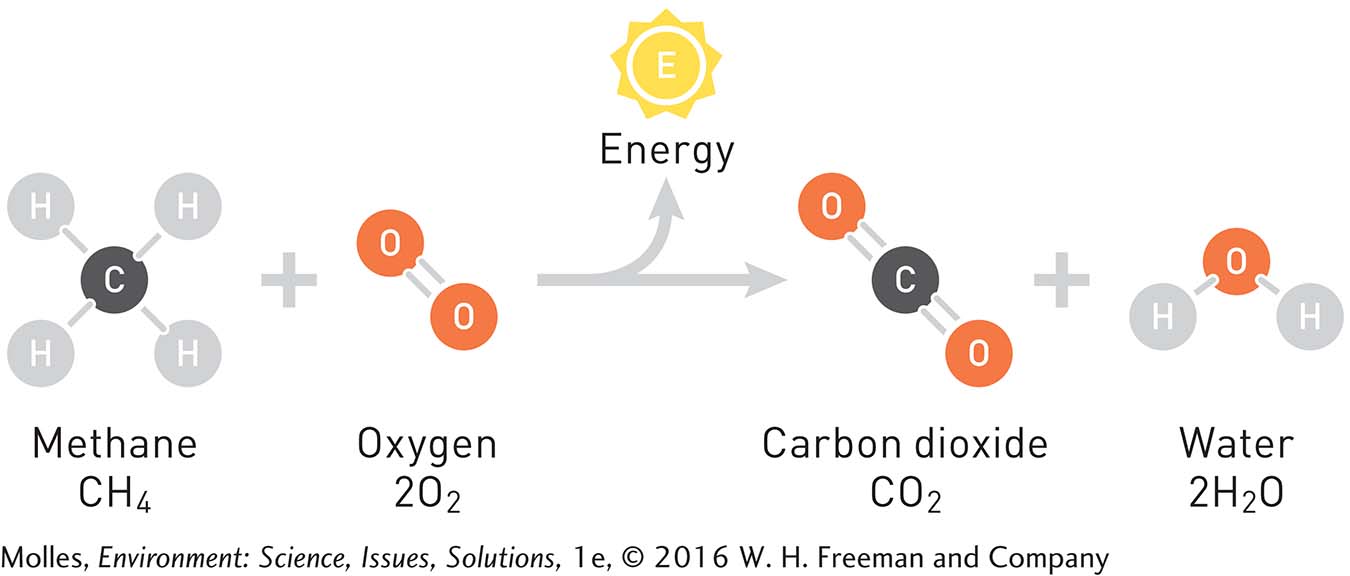
Think About It
What must be true of a molecule for it to be considered a compound?
How would changes in global temperature potentially affect the amount of Earth’s water in liquid, solid, and gas phases?
Are all molecules compounds? Explain using Figure 2.3.
